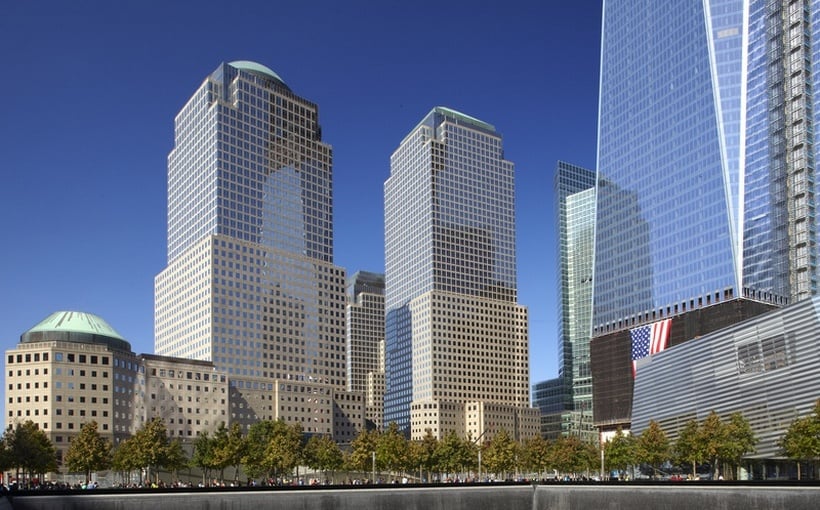In the past, churches were a vital part of American communities. However, according to Christianity Today, there is a growing trend of church closures with an estimated 100,000 congregations predicted to shut down by 2025.
Urban Land Magazine recently explored this issue in an article written by Rick Reinhard from Niagara Consulting Group and Lakelands Institute. He discussed the challenges faced by religious institutions as they try to find ways to use their extra space for affordable housing while also cutting costs.
One major obstacle is the mismatch between small congregations and large properties that are deteriorating due to lack of resources. This has led some housing advocates to look into repurposing these underused spaces for affordable housing.
However, there are several barriers that need addressing before this can become a widespread solution:
– Some faith leaders may object on religious grounds
– Elderly congregants may resist changing their sacred spaces
– Outdated zoning laws and building codes favor active houses of worship over struggling real estate
– Neighbors may oppose mixed-use developments due concerns about safety and noise levels
Despite these challenges, Reinhard highlights successful examples where churches have been converted into practical uses such as community centers or apartments. To achieve more victories like these in the future he suggests:
1) Recognizing the scale of this problem – it will require significant time and resources.
2) Encouraging faith institutions to view themselves as both spiritual organizations AND real estate businesses.
3) Developing new models for worship that make better use out of large properties throughout the week.
4) Updating regulations at all levels (local/state/federal) so they support adaptive reuse projects instead hindering them.
5) Providing government incentives specifically targeted towards faith-related redevelopment projects since they often require more funding sources than traditional affordable housing initiatives do.
By implementing solutions like these we can help counter NIMBYism (Not In My Backyard mentality), utilize empty houses of worship effectively, and provide much-needed affordable housing for our communities.



